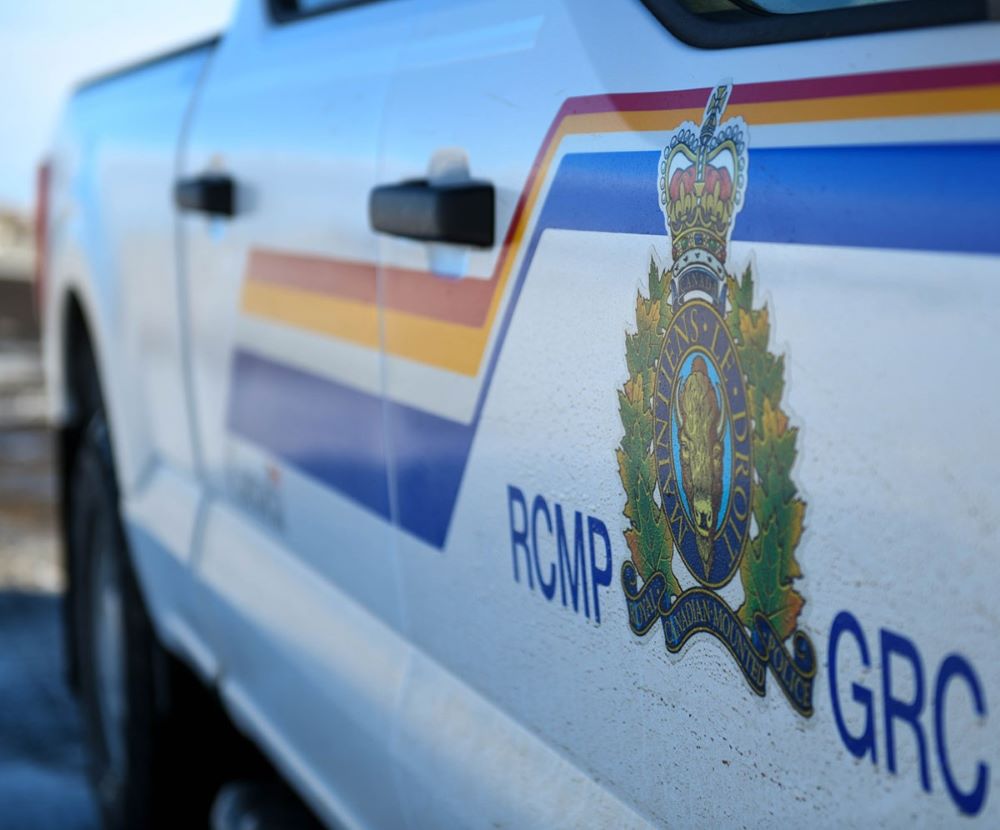The Saskatchewan Health Authority is escalating its response to the COVID-19 pandemic using their Health System Readiness Plan to try to contain, delay and mitigate the virus.
The updated plans include their system redeployment strategy to support additional staff needed in testing and contact tracing, additional hospital staff, additional long-term care staff and increased responsiveness to situations where large numbers of staff are required to self-isolate.`
To date, the SHA has been able to manage recent surges in hospitalization and ICU admissions, largely through existing capacity and service adaptations. The adaptations include the use of bypass procedures for high volume acute care units, surge spaces, the conversion of hospitals to COVID-only hospitals and temporary pauses on admissions and other acute care services in some areas. Small reductions in surgical volumes have been required in Saskatoon.
However, despite managing thus far, the SHA said on Thursday that high caseloads over the past few weeks will lead to increased hospitalizations and ICU admissions in the days ahead and require them to step up the implementation of their surge plans.
SHA CEO Scott Livingstone told residents during an update by the authority on Thursday that it’s time to double down and support public health orders.
“If numbers do not shrink, the health system is surely going to struggle with respect to both our COVID-19 and non-COVID-19 loads,” he stated. “Despite our best planning, it would be inevitable for us to be overcome if we do not get the virus in check as quickly as we can.”
Examples of current cases affecting surge capacity include:
- Over the last 30 days, province-wide ICU capacity has increased to nearly 100 percent with pressure points in Saskatoon leaving only three available beds as of Thursday.
- Surging to the forecasted peak will require approximately an additional 200 beds for COVID-19 patients that currently exist in all hospitals outside of Saskatoon and Regina combined.
- The doubling of active contacts in the last month will require the SHA to contact trace 450 cases per day and possibly more.
- SHA calculations based on latest data on average number of contacts show 450 cases per day would create 72,000 hours of work for contract tracers over a two-week time span, or more than 5,000 hours per day.
“Our rolling average of cases has been around 214 per day. If we take that over a two-week period of time and apply the average number of contacts per case, it creates more than 32,000 hours of work for contact tracers in a two-week period of time.”
When asked about the province’s field hospitals located in Saskatoon and Regina, Livingstone described them as “a last resort option”. “It’s not a single day decision where we say it’s time to light them up. It’s going to be looking at what’s coming down the pipe.”
Livingstone asked residents to continue reducing their contacts, adding that some contact tracing investigations over the last month show some individuals have as many as 150 contacts for a single positive case.
The SHA’s plan relies on highly skilled and trained medical staff that can’t be sourced solely through the labour market, that’s why they are working on adding staff from the province and working with the federal government to add staff from Stats Canada to their contact tracing capacity.
The updated Health System Readiness Plan, along with Thursday’s SHA presentation on the latest numbers in Saskatchewan, can be found at the provincial government’s website.
(With files from Moises Canales)








